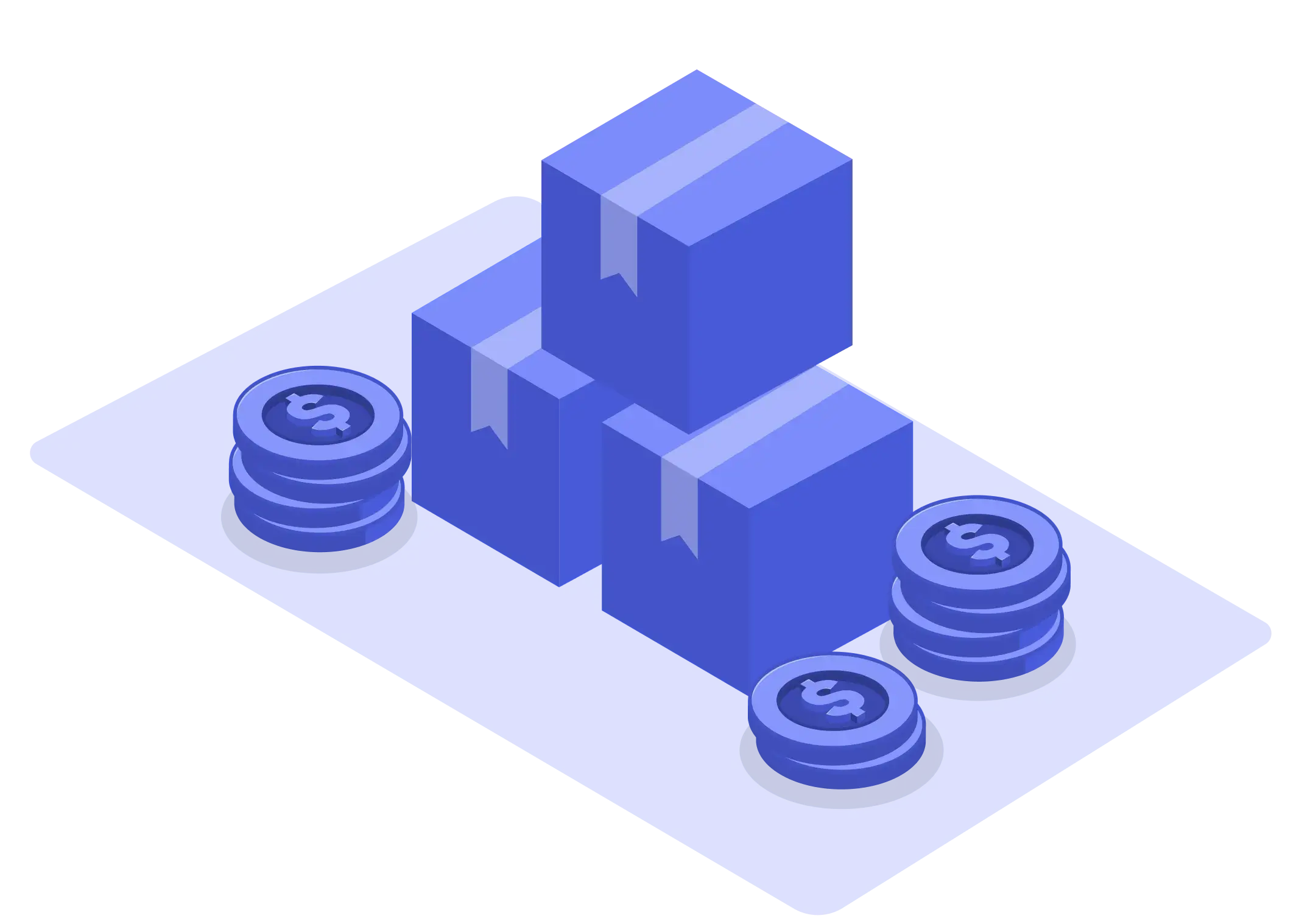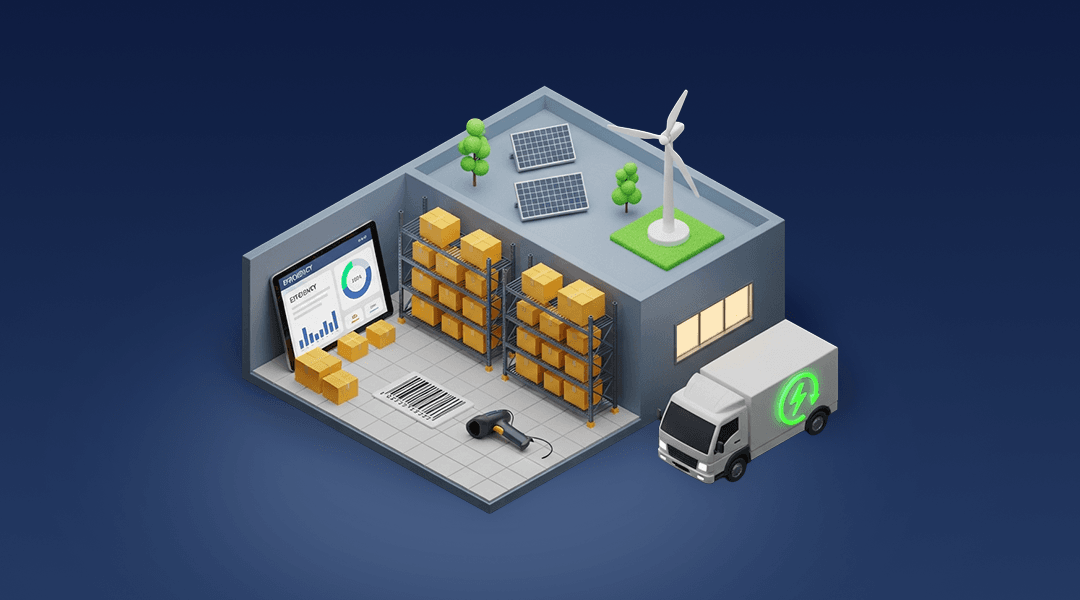Maximizing Efficiency in Last Mile Delivery Optimization

Table of Contents
Last Mile Delivery Optimization Introduction
Last mile delivery optimization is the last and most critical step of the entire supply chain cycle, which begins when the dispatching of products starts straight from the distribution centers to the consumers' doorsteps. Since the last mile delivery world market has achieved USD 146.81B in 2023 and is expected to be around 340.56B by 2032, the companies are hurrying to their attention to optimize their last mile deliveries to stand on the edge of the market.
Last mile delivery software is a necessity that companies need nowadays to streamline operations and curb costs, given that the final leg accounts for 41 percent to 53 percent of shipping expenses. With route optimization for last mile delivery, businesses can overcome the constraints of last mile delivery through enhanced algorithms and real-time data integration. The last mile delivery optimization solutions are the most crucial to maintain customer satisfaction and operational efficiency as consumers become more demanding with their expectation of speedy delivery and increased transparency in delivery.
Why Last Mile Delivery Optimization Matters?
Last mile delivery market is expected to be more than $200 billion by 2027, efficient last mile delivery optimization solutions will be required in e-commerce markets for profitability. Optimized last mile delivery software can help companies decrease delivery costs up to 10-30% through advanced route optimization for last mile delivery. Operational cost and customer satisfaction impact can be very substantial, and for businesses looking forward to remaining competitive, last mile delivery optimization will be a strategic imperative.
Obstacles in Last Mile Delivery
Numerous and complex issues surround last-mile delivery. Cost increases in the use of fuels, vehicles, and labor costs do not help keep the delivery service operational. Add to this lousy traffic, climate conditions, or lack of appropriate parking space at destinations, as seen in some cities. Such issues of missed deliveries increase expenses fourfold from the initial delivery time but still lower customers' satisfaction indices. These complicated challenges in last necessitate more innovative solutions to make it possible.
Key Features Of Effective Last Mile Delivery Solutions
Modern last mile delivery software includes the essentials to solve issues in delivery. Real-time tracking capabilities would give an overview of shipment visibility, which can allow proactive handling of potential delays. Route optimization for last mile delivery with the latest technology can be used to take advantage of AI algorithms for traffic pattern analysis, delivery window determination, and driver scheduling to arrive at efficient delivery routes.
Automated dispatching systems make smooth operations by assigning orders to the nearest available drivers and providing proof of delivery to assure accountability and reduce disputes. These solutions have the benefits of both efficiency and customer satisfaction, as the basis of their decisions is through data and can have real-time communication capabilities.
How Route Optimization Improves Last Mile Delivery
Route optimization for last mile delivery has given its transformed wave in logistics, saving heavy chunks in operations costs & optimising delivery efficiencies. Advanced algorithms take into consideration factors such as traffic flow, weather & windows of delivery while helping to locate routes that use the most minimal amount of fuel! Logistics providers can deliver up to 20% more with the same amount of fuel while increasing delivery capacity but not expanding their fleets. Last mile delivery optimization through smart routing ensures that deliveries are on time while satisfying the customers through reduced delays and accurate ETAs.
Benefits of Implementing Last Mile Delivery Software
Delivery operations are transformed into wide-ranging solutions with last-mile delivery software. The technology enhances shipment visibility, enabling vehicle tracking and minimizing risks of theft and spoilage. It will allow for adjustments in routes dynamically and based on the real-time situation so as to help reduce unnecessary delays, and thus, drivers can make additional deliveries every day. It is also capable of improving customer engagement through end-to-end visibility in order status as well as with direct communication access to delivery agents.
Data in Last Mile Delivery Optimization
Predictive analysis and real-time tracking directly involve data analytics to optimize last-mile delivery operations. Analyzing historical data, market trends, customer behavior, and so on gives businesses the precise ability to forecast demand so that resource allocation becomes efficient. Using machine learning algorithms that offer constant route optimization for last mile delivery via real-time data means that delivery vehicles constantly take the most efficient routes, even under dynamic real-time conditions. This data-driven approach will allow the companies to tackle problems like traffic congestion and bad weather conditions with advance notice and will provide individualized delivery options that improve the customer experience in general.
Advanced route optimization, last mile delivery software, and data analytics make for a mighty ecosystem that addresses all the complex problems in last mile delivery. Operational efficiency is but one benefit to be derived as this technological combination also enhances the satisfaction of the customer through speedy and reliable delivery. Companies that implement these solutions to work can thereby save considerable sums of money even as they enjoy high service levels in their last mile delivery.
Future Trends in Last Mile Delivery Optimization
The landscape of optimizing last mile delivery is rapidly evolving with technological advancement shaping the future of logistics. Artificial intelligence and machine learning are modifying the way route optimizations for last mile deliveries occur - this is much more efficient and cost-effective. Increasingly, autonomous vehicles and drones are being used as the latter connect integrations to create innovative remedies to the challenges in last mile delivery within an urban area. Last mile delivery software is enhanced, including live tracking and adaptive routing, making business operations adaptive to changes in the delivery situation within an instant.
Best Practices in Last Mile Delivery Optimization
Effective last mile delivery optimization strategies should be implemented from a multi-dimensional perspective. The companies are embracing micro-fulfillment centers in urban regions to minimize delivery distances and reduce inefficiency. Advanced route optimization for last mile delivery is an integration of real-time data analytics and predictive algorithms to minimize the time and fuel consumption during deliveries. Last mile delivery software with the capability of automated dispatching enables matching the right driver to every task, optimizes resource utilization, and maximizes delivery success rates.
Now that companies are opting for electric vehicles and eco-friendly delivery options integrating sustainability initiatives has become a new necessity. Companies are able to recognize patterns and make predictions with respect to demand through in-depth analytics while making data-driven decisions. Implementing smart locker systems and pickup points also helps the company give the customer delivery flexibility while not raising failed attempts.
These improvements in the last mile optimization of delivery not only make operations more efficient but also, through greater transparency and reliability, better customer satisfaction. As the industry evolves further, businesses that adapt to these emerging trends with robust last mile delivery software solutions will be better geared to meet the increasing expectations of customers with relevant solutions to challenges in last mile delivery.
Conclusion
Optimizing last mile delivery remains among the most significant success factors of modern logistics operations. As various emerging challenges in last mile delivery develop, a more complex system of last mile delivery software emerges as a prime necessity. Thus, platforms like Omniful have also emerged as overall solutions that involve advanced route optimization for last mile delivery, ultimately helping companies lower costs, streamline workloads effectively, and maintain customer satisfaction.
The future of logistics depends on how well organizations embrace new technologies and implement comprehensive last mile delivery optimization solutions. Omniful's innovative approach to last mile delivery optimization demonstrates how cutting-edge technology can transform delivery operations. By combining this technological apprehension with a customer-centric approach, businesses can overcome traditional delivery challenges while building sustainable and efficient delivery networks. As the industry evolves further, last mile delivery optimization will be at the core in the making of the future in logistics operations, with such solutions as Omniful that innovate and set efficiency on a pedestal.
FAQs
What is last mile delivery optimization?
The last step in the process of supply chains is delivery optimization for the last mile, assuring products' movement from a distribution center up to the customers' doorstep. The final leg accounts for as much as 53% of all shipping costs, and this final leg needs last mile delivery software that can assure timely and precise delivery. This is to achieve the cheapest, fastest, and most accurate delivery for the customer's satisfaction.
How does route optimization improve last mile delivery?
Route optimization for last mile delivery uses advanced algorithms to analyze the complex factors affecting the delivery efficiency of traffic patterns, weather conditions, and delivery windows. This reduces fuel consumption by up to 20%, with the same capacity that could be added by increasing fleets. Last mile delivery software provides dynamic routing which makes it easy to make changes on the go and avoid the time and unexpected situations which may hinder its operations.
What are the key challenges in last mile delivery optimization?
The critical factors that affect operational efficiency include several challenges in last mile delivery :
-
High costs of delivery because of fuel, labor, vehicle maintenance, and operational expenses
-
Traffic congestion and urban delivery constraints in terms of schedules and timing
-
Complex route planning for multiple delivery points
-
Failed deliveries that multiply costs and negatively affect customer satisfaction
-
Real-time tracking and visibility limitation
-
Meeting surging customer expectations for faster and faster delivery time
These difficulties demand all-embracing final mile delivery optimizing solutions that assimilate advanced technological and strategic plans to maintain an advantage in the increasingly competitive modern-day delivery landscape.























